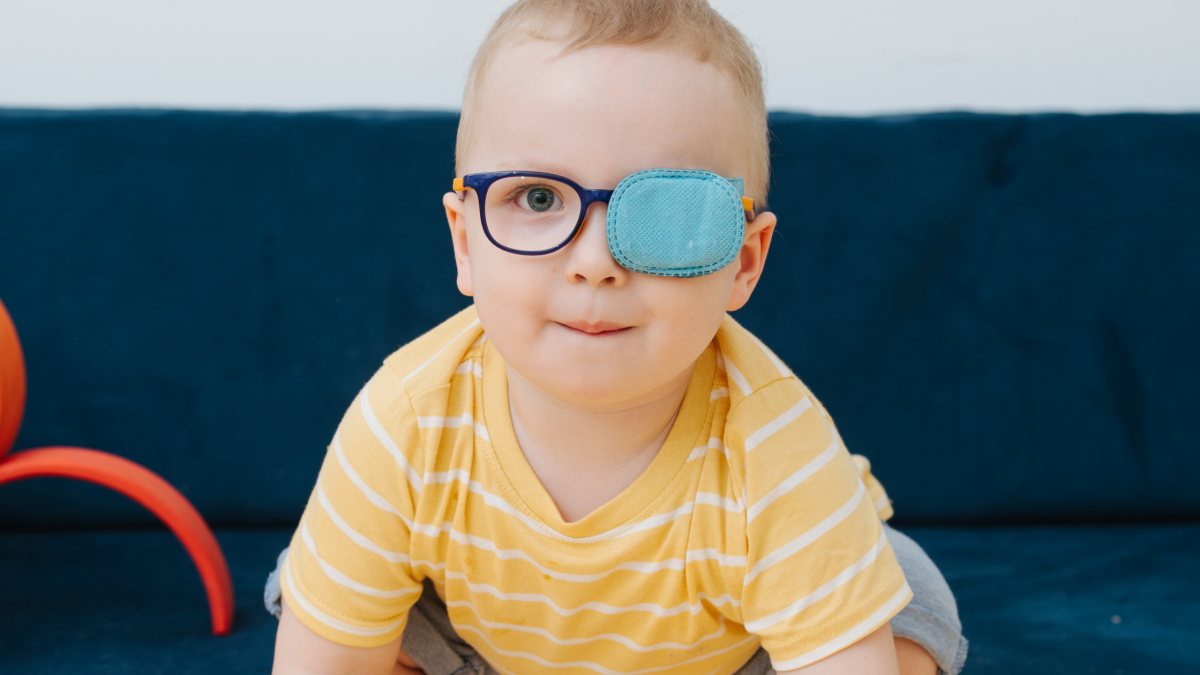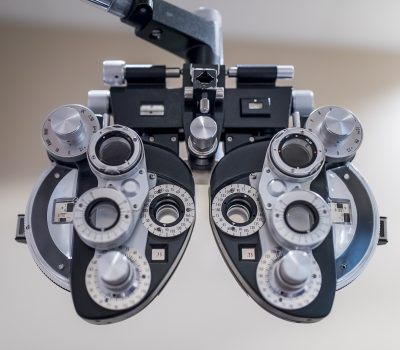What Is Amblyopia or Lazy Eye?

Amblyopia, or lazy eye, affects around 2% of Australian children of pre-school age, but it can affect children of any age, teens, and adults too. It occurs when the brain doesn’t fully recognise the images it’s receiving from one eye, so becomes more reliant on the other eye. One eye becomes stronger, and the other becomes weaker, or “lazy”.
Signs to watch out for
Symptoms of lazy eye vary. It will usually be noticeable from someone’s behaviour showing they’re having trouble seeing. Common symptoms include:
- Squinting
- Struggling to see how far away something is (depth perception)
- Shutting 1 eye to see better
There’s usually no physical way to tell apart from watching how your child behaves or them saying they have trouble seeing. Often you won’t realise children have amblyopia until it’s diagnosed by a paediatric eye specialist.
What causes Lazy Eye?
While the cause of lazy eye isn’t always clear, it is often a side effect of other eye conditions. There are 3 types of eye conditions that can most commonly lead to amblyopia.
Strabismus Amblyopia
Strabismus occurs when the eyes aren’t fully lined up or aren’t moving as a pair. When this happens, over time the brain will ignore the image from the eye that isn’t aligned.
Deprivation Amblyopia
Cataracts, clouding in the eye or some other obstruction can block vision in one eye.One eye is literally deprived of sight, leading the brain to rely on the other one.
Refractive Amblyopia
If both eyes aren’t as equally sharp as each other, for example, if one is longsighted or shortsighted, the brain will favour the eye with clearer vision. It will start to ignore the images from the less clear eye.
Risk factors
Amblyopia can affect anyone but some factors show an increased risk including:
- Below average size at birth
- Being born prematurely
- Family history of lazy eye, cataracts or other eye conditions
- Other disabilities
Diagnosing Amblyopia
Your doctor will be able to test for amblyopia. The most common methods of diagnosing lazy eye are:
- Using a special instrument called direct ophthalmoscope to inspect for cataracts
- Testing the eyes’ ability to follow a moving object
- Checking the patient’s vision in each eye by reading letters or numbers with one eye covered
Treatment for Lazy Eye
Glasses Or Contact Lenses
Corrective eyewear can help restore equal vision in both eyes by correcting the image from whichever eye is less clear. This is especially helpful if the lazy eye is caused by refractive amblyopia.
Eyepatches
By blocking the vision from the stronger or clearer eye, the brain is forced to rely on the weaker eye, strengthening its connection with that eye. Eyepatches won’t be needed all day and usually between 2 and 6 hours a day is enough. This is needed and very helpful in all types of amblyopia.
Eyedrops
A medication called Isopto Atropine is used to blur the vision in the stronger eye temporarily, forcing the weaker eye to be used more. This is a more discrete alternative to an eye patch.
Surgery
In more severe cases where other treatments aren’t effective, such as with cataracts, a doctor may recommend surgery to correct the issue.Surgery can also be used to correct eye alignment but is preferably done only after the amblyopia is treated.
Act quickly
The earlier amblyopia is treated, the easier it is to treat and the lower the risk of long-term eyesight complications. If you’d like to make an appointment to discuss the most appropriate lazy eye treatment options for your circumstances, get in touch.



